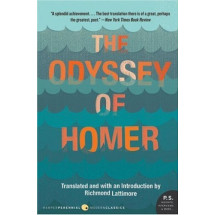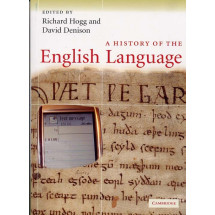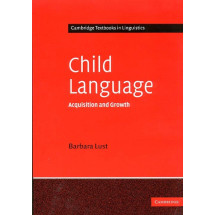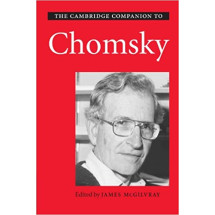From Longman's new Cultural Editions Series, Hamlet, edited by Constance Jordan, includes the play and contextual materials from the era of Shakespeare. This edition represents Shakespeare's text as it appears in the most authoritative of early editions, the Folio, published in 1623, and it supplies readers with useful footnotes to the interpretation of the text. It also includes brief samples of works by Shakespeare's contemporaries in a section entitled Contexts; these will help readers to understand the historical setting and the cultural ideas that helped shape the meaning of Shakespeare's play. By listening to these voices from the past, readers can approach the play with some knowledge of why Hamlet asks the questions he does and of why the character himself, the creation of a distant century, also seems so much a part of our own world. Readers interested in Shakespeare's Plays and the time they were written Jordan Hamlet SMP.doc Page 1 of 1 --This text refers to the Paperback edition.
List of Illustrations.
About Longman Cultural Editions.
About the Second Edition.
Introduction.
Table of Dates.
Hamlet, Prince of Denmark.
Contexts.
Spiritual and Mental Life.
JOSEPH HALL, from Meditations and Vows (1609).
LUDWIG LAVATER, from Of Ghosts and Spirits Walking by Night (1572).
GEORGE GIFFORD, from A Discourse of the Subtle Practices of Devils (1587).
SAMUEL HARSNETT, from A Discovery of the Fraudulent Practices of John Darrel (1599).
TIMOTHY BRIGHT, from A Treatise of Melancholy (1586).
ROBERT BURTON, from The Anatomy of Melancholy (1628).
Purgatory.
SIMON FISH, from A Supplication for the Beggars (1528).
MARTIN LUTHER, from The Chief and Principal Articles of the Christian Faith (1548).
JOHN CALVIN, from The Institute of the Christian Religion (1536).
JOHN VON, from The Hunting of Purgatory to Death (1561).
WILLIAM GOUGE, from The Whole Armor of God (1616).
JOHN FOXE, from The Ecclesiastical History, Containing Acts and Monuments (1583).
CARDINAL WILLIAM ALLEN, from A Defense and Declaration of the Catholic Church's Doctrine, Touching Purgatory (1577).
ROBERT BELLARMINE, from The Art of Dying Well (1622).
Revenge.
THE BIBLE AND HOLY SCRIPTURES, from Genesis 4, 9-15 and Romans 12, 19 (1560).
THE HOLY BIBLE: REVISED STANDARD VERSION, from Genesis 4, 9-15 and Romans 12, 19 (1952).
WILLIAM DICKINSON, from The King's Right (1619).
THOMAS BEARD, from The Theater of God's Judgments (1597).
FRANCIS BACON, On Revenge, from Essays (1617).
ON THE COMMON LAW: from William Lambarde's Eirenarcha: or Of the Offices of the Justices of Peace (1594), Sir Thomas Smith's The Commonwealth of England (1601, and Michael Dalton's The Country Justice (1618).
Suicide.
MICHEL de MONTAIGNE, A custom of the Ile of Cea, from The Essays of Michael Lord of Montaigne, trans. John Florio (1603).
JOHN SYM, from Life's Preservative against Self-Killing (1637).
JOHN DONNE, from Biathanatos (1647).
Sources.
SAXO GRAMMATICUS, from Historia Danicae, trans. Oliver Elton (1894).
Further Reading.
Author of books specifically relating to Shakespeare and Shakespeare studies: *Shakespeare’s Monarchies: Ruler and Subject in the Romances*, 1997; Ed. (with Karen Cunningham) *The Law in Shakespeare*, 2006. Recent articles: “Henry V and the Tudor Monarchy,” in *Early Modern English Drama*, ed. Sullivan, Cheney, Hadfield, 2006; “Law,” in *The Shakespeare Encyclopedia*, ed. Patricia Parker, forthcoming.














